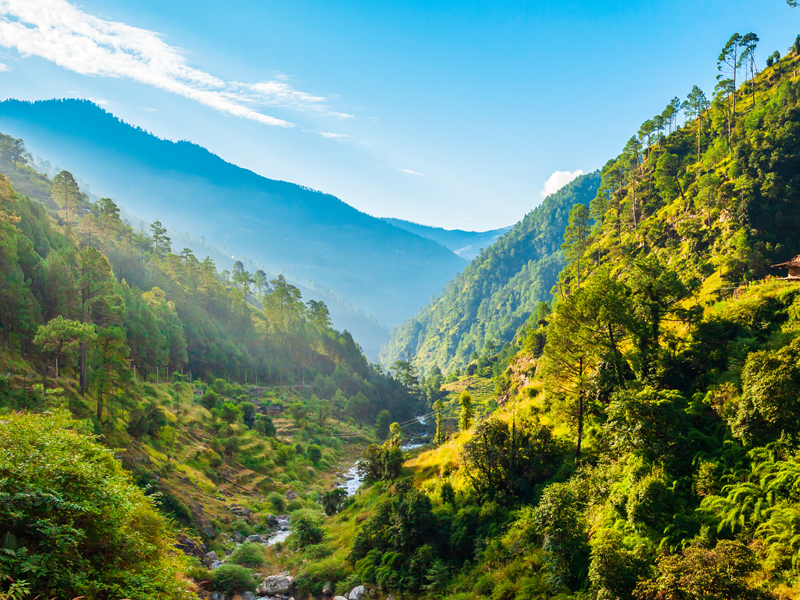
As many of us prepare to descend on Glasgow for the once-delayed, badly needed COP26, the world is facing serious questions. While it may be hyperbolic to say that these next two weeks represent the “last chance” to avert climate disaster, the urgency of action is blindingly clear, as the UN’s declaration of a Code Red for humanity makes clear.
At the core of this COP, and indeed all our collective efforts to maintain a stable climate that sustains humanity, is this dilemma: actions and commitments continue to increase, but the trajectory of the planet’s warming is headed in the wrong direction.
Breaking this dynamic is objective number one in Glasgow and is very much worth navigating the welter of COVID-19 precautions adding a layer of complication on top of what is a highly complex event to begin with.
Here are four things we want to see emerge by the time this COP ends on November 14.
Raise Ambition
First and foremost, it is essential that we continue to expand ambition: An explosion of net-zero commitments has been made since Paris, an idea that remained at the fringes in 2015. More than 3000 companies have now committed to net zero before mid-century, including one-fifth of the world’s largest companies. More than 130 governments—representing 61 percent of global emissions, 68 percent of global GDP, and 52 percent of the global population—have made comparable commitments. The Race to Zero is one of the centerpieces of voluntary action in Glasgow, which is assembling commitments in several hard-to-abate sectors. What’s more, there are nearly 2,000 companies that have expressed support for science-based targets. Many governments are coming to COP with strengthened nationally determined contributions (NDCs). Investors are making commitments through Climate Action 100+, adoption and use of the TCFD framework, and other means. The ambition loop must continue—and expand.
Translate Ambition to Action
All this is crucial, to be sure. But it is far from sufficient. The science tells us that we are not yet turning the corner. It is well past time to translate ambition into action. Doing this means setting not only 2050 targets, but also 2025 objectives, which are measured and reported transparently. As one article put it, a 2050 pledge is “six CEOs from now,” meaning that long-term commitments may not lead to necessary changes. Ensuring that commitments deliver tangible, meaningful results requires not only changing business models, products and services, and incentives, but also an urgent call for strong policy solutions. This continues to lag, not least on the part of many companies and trade associations in the US recently, with insufficient support (albeit with some exceptions) for the climate provisions of President Biden’s Build Back Better legislation.
Finance the Transition
It is also essential that governments keep their Paris promises on climate finance. Some governments—Germany, for example—have done exactly that. But far too many have failed to do so. This is a matter not only of justice, but also of generating the widespread support required for transformative global action. The need could not be clearer. We have learned the painful lessons of the financial costs—let alone the devastating human costs—of the global pandemic. In the wake of COVID’s destruction, it is therefore sobering to see The Lancet, one of the world’s foremost medical journals, call climate change “the defining narrative for human health.” The fact is that the human costs of climate change come along with financial costs, which also makes clear that climate finance is an investment that will pay off. Business has unique credibility in making the economic case for such investments; it should use its voice to make sure governments make good on their pledges—at long last.
Bring Climate Justice to the Fore
My strongest hope for COP26, however, is that it will be a turning point towards a more just and inclusive world as we go through the energy transition. Climate justice has too often been relegated to the sidelines at COPs—and beyond. We have seen such changes before. At Paris in 2015, very few companies or political entities had committed to net zero; today, it is rapidly becoming commonplace. Can the same dynamic be embraced on climate justice? Of the 3000+ companies setting net zero aspirations, how many have included commitments to climate justice? BSR’s estimation is that the numbers are closer to 1 percent than even 10 percent, let alone 100 percent. As the treatment of climate finance shows, there is insufficient public investment in investing in inclusive climate solutions. In a world that is brutalized by extreme weather with increasing frequency, it is indefensible not to make climate justice a priority.
The Challenge Ahead
The world is facing a serious test at a time when international cooperation and democratic institutions are under significant pressure. There is also great cynicism about whether the many commitments made by business and government are more than empty words. It has never been the case that any COP could turn the world in the right direction. Many of the exciting partnerships, investments, and innovations that we need happen far from the COP “Blue Zone” where the negotiators trade text.
The world outside COP relies on commitments inside COP, but the work to make good on those commitments happens in “the real economy” the rest of the year. With ongoing ambition, resolute pursuit of that ambition, the right level of investment, and a focus on climate justice, we can turn this into a catalyst that shifts the economy in the right direction.
Topics
Let’s talk about how BSR can help you to transform your business and achieve your sustainability goals.








